4D Printing Technology
An origami-based design approach to self-reconfigurable structures using 4D printing technology
Bingcong Jian, Frédéric Demoly, Yicha Zhang, Samuel Gomes
ICB UMR 6303, Univ. Bourgogne Franche-Comté, UTBM, 90010 Belfort Cedex, France

Fig. 1. Flowchart of the proposed origami-based design approach to self-reconfigurable structures
Owing to the ability to achieve structural changes after manufacturing, reconfigurable structures have great application potential in the products of the future, and should be naturally addressed in engineering design.
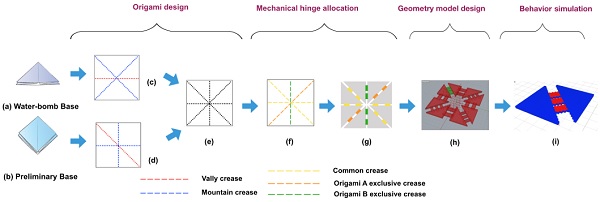
Fig. 2. Origami-based design approach through an illustrative case
However, most of the reconfigurable structures require the introduction of new optional components, or the removal of existing components from the system itself, even replacement of components in order to switch from one structural configuration to another, which brings a lot of difficulties and complexities in design, manufacturing and usage phases, that can be partially solved by deploying modularity through the product lifecycle.
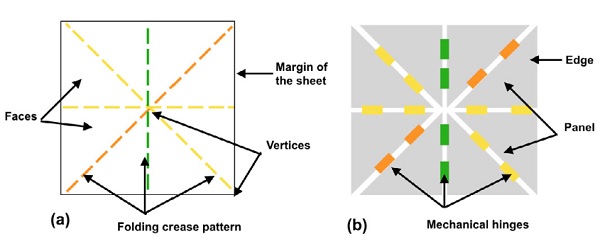
Fig. 3. (a) Origami elements and (b) mechanical elements
Another inherent aspect of such structures concerns the selftransformation functionality and the related sequence planning issue that require a specific and different attention in preliminary design.

Fig. 4. (a) Geometric representation of the origami-inspired structure in the CAD system Rhinoceros and (b) its voxel-based simulation of smart materials behavior (c) through VoxSmart design flow.
To solve these problems, this paper proposes a new method based on smart materials and 4D printing technology to design and fabricate more compact structures that can realize self-reconfiguration via environmental stimulus without the need to alter sub-structures or components. A tentative design case is presented for the method demonstration.
The experimental result shows that the proposed method is capable to achieve more complex reconfigurable structures.

Fig. 5. Two types of cube group (a) State A, (b) State B, and related (c,d,e) unfolded structures
With the rapid development of manufacturing technologies, people can now develop more complex and customized products to satisfy their requirements. However, for many products, once manufactured, they can only passively accept the influence of environmental changes but can hardly respond to the environment as the change of shape, function or properties.
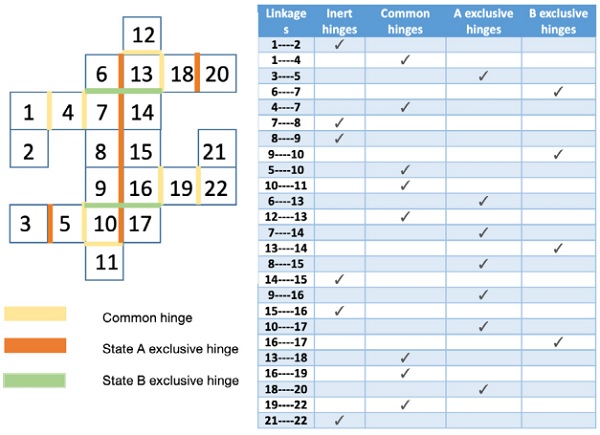
Fig. 6. Classifications of the mechanical hinges
In these twenty years, intelligent structures, equipped with diverse characteristics e.g. self-perception and adaptability, are now widely used in structural vibration control, quality inspection, deformation control, etc. to meet specific application requirements.
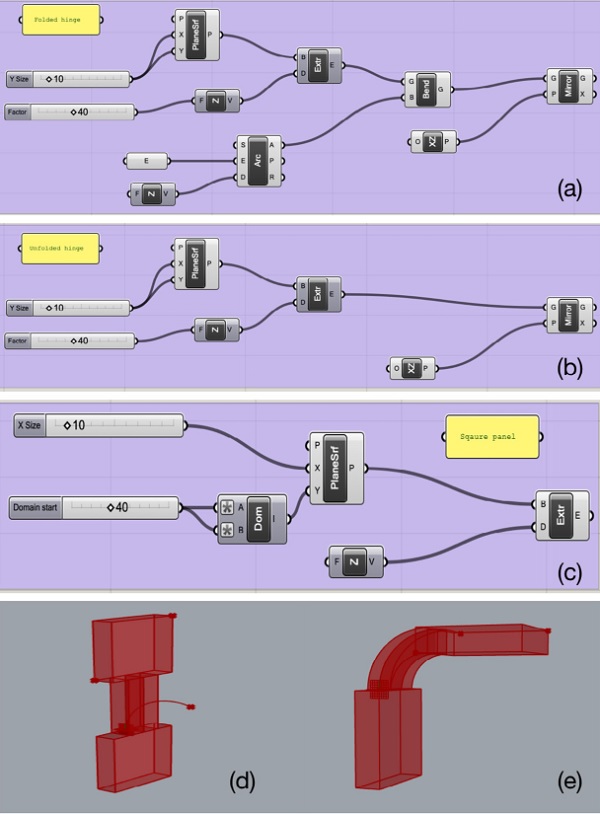
Fig. 7. (a,b,c) Design flow of (d) non-active and (e) active hinges
Among them, reconfigurable structures attract more and more attention due to their specific properties of switching their own shape structure after processing into a product. It can achieve the mutual transformation of two or more configurations, which means that the structure has two or more functional/lifecycle states.
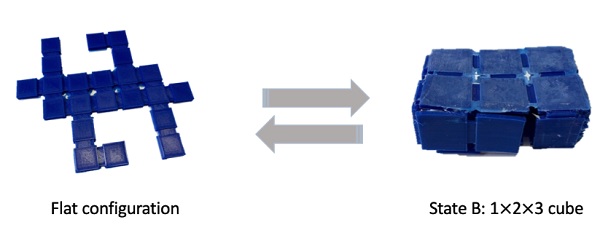
Fig. 8. Reconfigurable structure through its ”as printed state” to ”final desired state”
Reconfigurable structures usually need to consider the components’ positions and geometric relationships about the states before and after transformation. This makes the design of these structures more complicated and time-consuming. Therefore, new design and realization approaches are always needed.




























Comments